Who Was Here?? (Page Two)
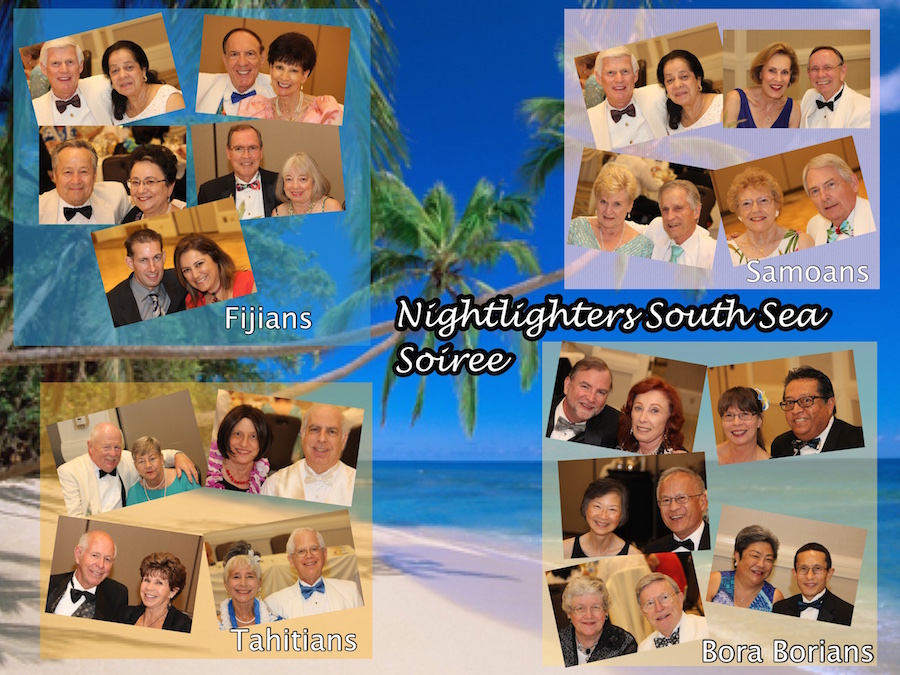
Click for the full-sized image
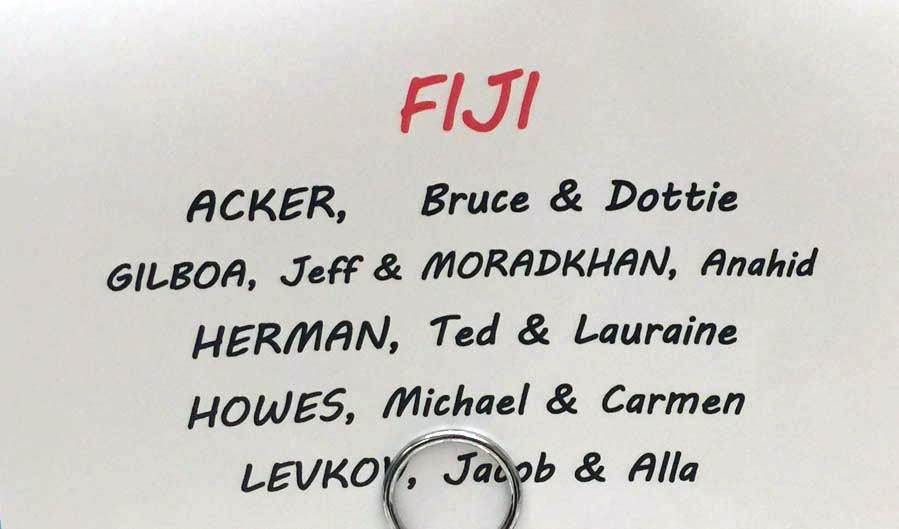
5,501 miles from our dance!
Did You Know? - Fiji is an archipelago of more than 332 islands, of which 110 are permanently inhabited, and more than 500 islets, amounting to a total land area of about 18,300 square kilometres (7,100 sq mi). The farthest island is Onu-i-Lau. The two major islands, Viti Levu and Vanua Levu, account for 87% of the population of almost 860,000. The capital and largest city, Suva, is on Viti Levu. About three-quarters of Fijians live on Viti Levu's coasts, either in Suva or in smaller urban centres like Nadi (tourism) or Lautoka (sugar cane industry). Viti Levu's interior is sparsely inhabited due to its terrain.
Fiji has one of the most developed economies in the Pacific due to an abundance of forest, mineral, and fish resources. Today, the main sources of foreign exchange are its tourist industry and sugar exports. The country's currency is the Fijian dollar. Fiji's local government, in the form of city and town councils, is supervised by the Ministry of Local Government and Urban Development.
The majority of Fiji's islands were formed through volcanic activity starting around 150 million years ago. Today, some geothermal activity still occurs on the islands of Vanua Levu and Taveuni. Fiji has been inhabited since the second millennium BC, and was settled first by Austronesians and later by Melanesians, with some Polynesian influences. Europeans visited Fiji from the 17th century, and, after a brief period as an independent kingdom, the British established the Colony of Fiji in 1874. Fiji was a Crown colony until 1970, when it gained independence as a Commonwealth realm.
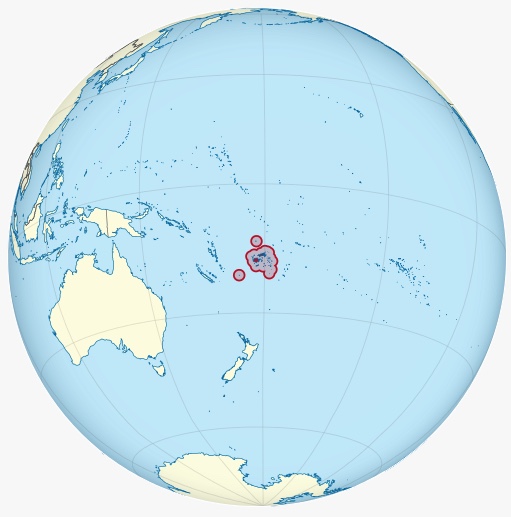
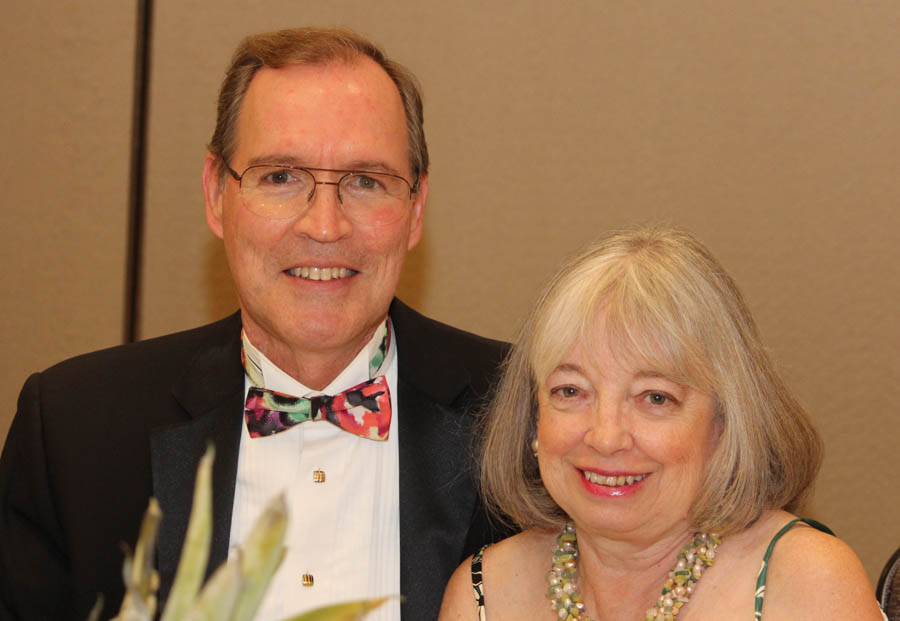
Bruce and Dotti
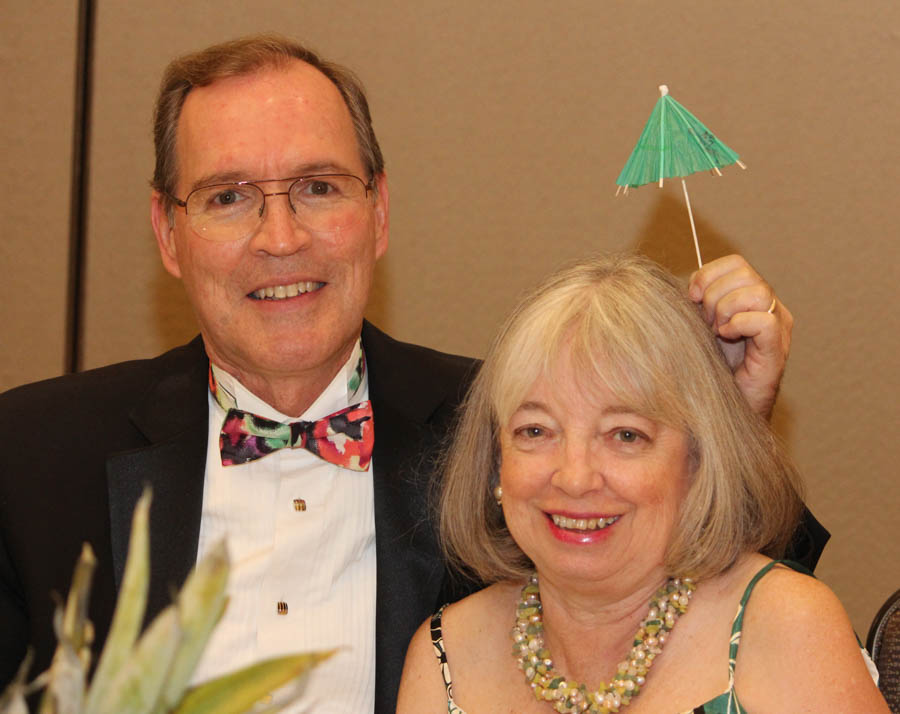
"I heard there was a chance of rain so I brought her an umbrella!"
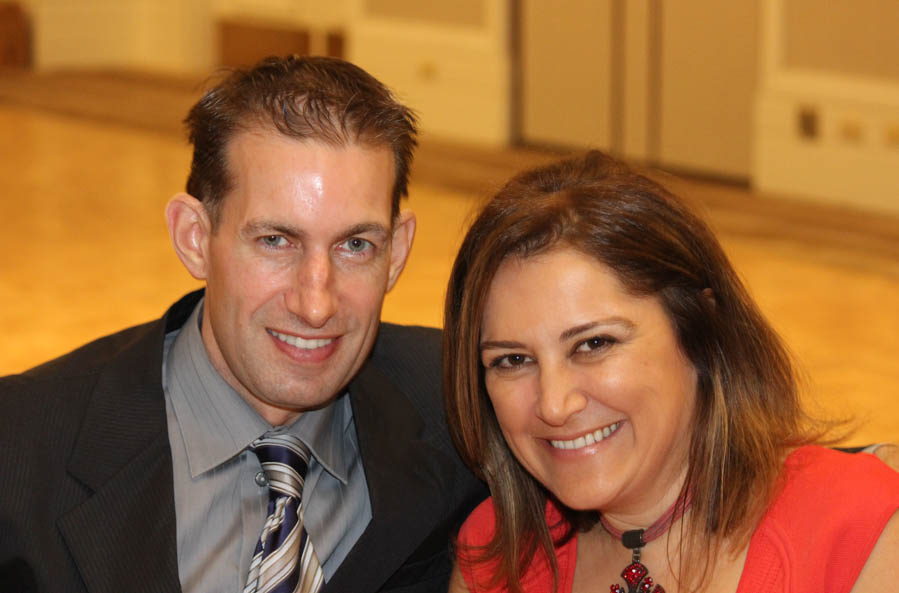
Guests Jeff Gilboa and Anahid Moradkhan! Welcome!
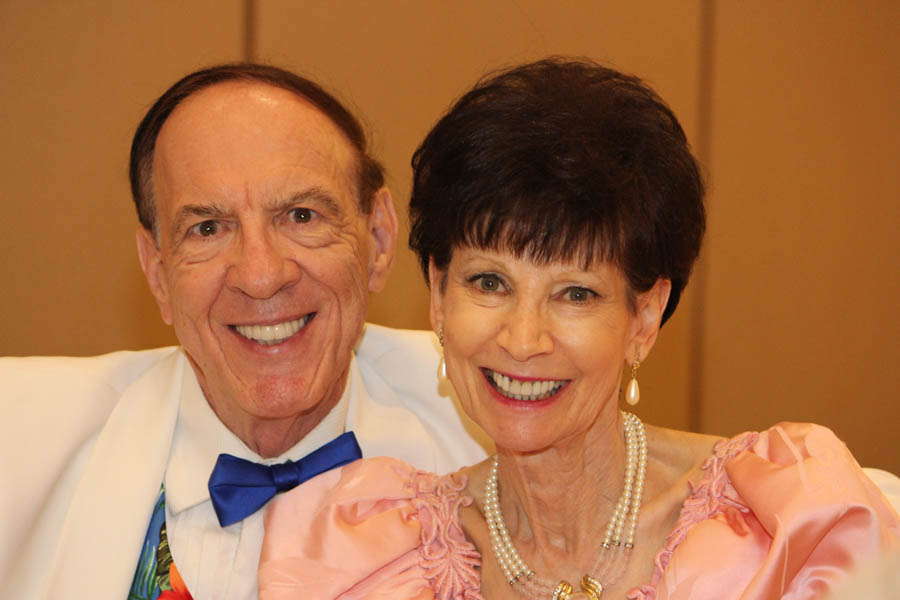
Ted and Lauraine
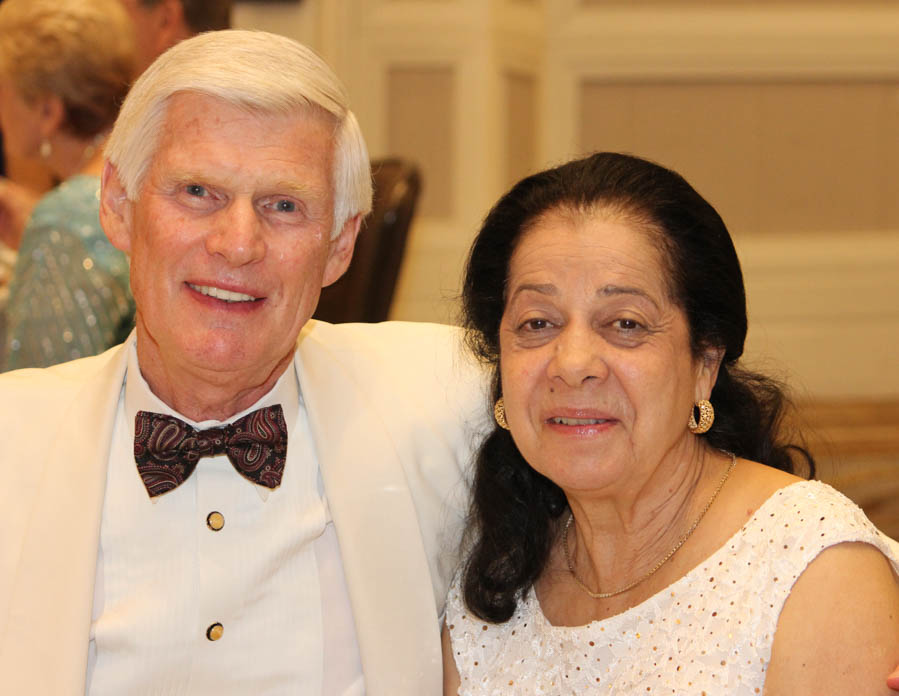
Michael and Carmen
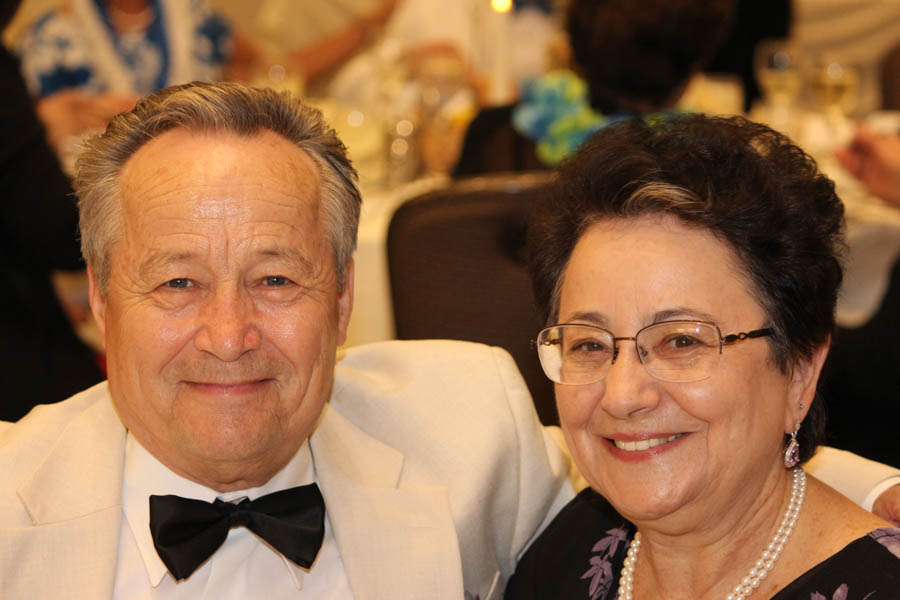
Jacob and Alla
Did You Know?
1 . Fijians are very friendly and hospitable people. There was a time in the past, though, when Fijians practiced cannibalism as part of a war tradition.
2. A missionary named Thomas Baker became an unfortunate victim of Fijian cannibalism. Only one of his shoes remained. This shoe can now be seen on display in the Fiji Museum.
3. Although Thomas Baker was originally welcomed by the native Fijians, he was killed when he accidentally touched the village chief's head – an act that, for the villagers, was tantamount to a war declaration.
4. To celebrate the New Year, women in the villages join the traditional game called veicaqe moli or "kick the orange."
5. The Queen of England has the title of Paramount Chief of the Great Council of Chiefs of Fiji. Her image is included in colorful banknotes and coins in the country.
6. Popular professional golfer Vijay Singh is among the country's proud sons.
7. Of Fiji's thousands of islands, only 322 are big enough to be lived on by humans.
8. Only 106 of Fiji's islands actually have human inhabitants.
9. If you intend to visit the local villages, you should remember that only the chiefs of these villages are allowed to wear hats and sunglasses.
10. Fiji is located right on the International Date Line. In Taveuni, there is a spot where you can stand with one foot in the current date and your other foot in the previous date.

4,836 Miles From Our Dance!
Did You Know? - Samoa , officially the Independent State of Samoa, formerly known as Western Samoa, is an Oceanian country encompassing the western part of the Samoan Islands in the South Pacific Ocean.
It became independent from New Zealand in 1962. The two main islands of Samoa are Upolu and Savai'i, one of the biggest islands in Polynesia. The capital city, Apia, and Faleolo International Airport are situated on the island of Upolu.
Samoa was admitted to the United Nations on 15 December 1976. The entire island group, which includes American Samoa, was called "Navigator Islands" by European explorers before the 20th century because of the Samoans' seafaring skills.
Official languages are English, and Samoan (Gagana Fa'asāmoa) which is also spoken in American Samoa.
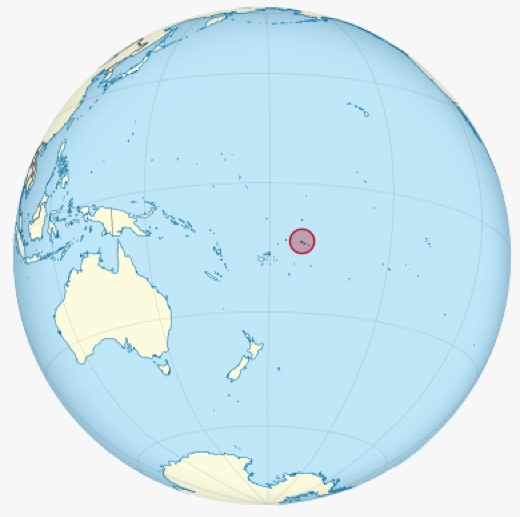
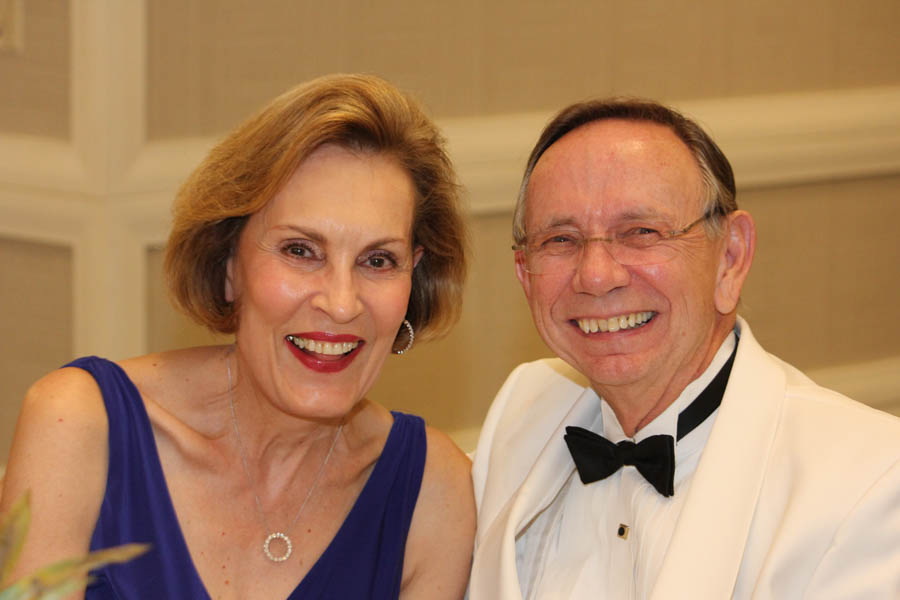
Kathy and Tom

Penny and Larry

Carolyn and Lucky
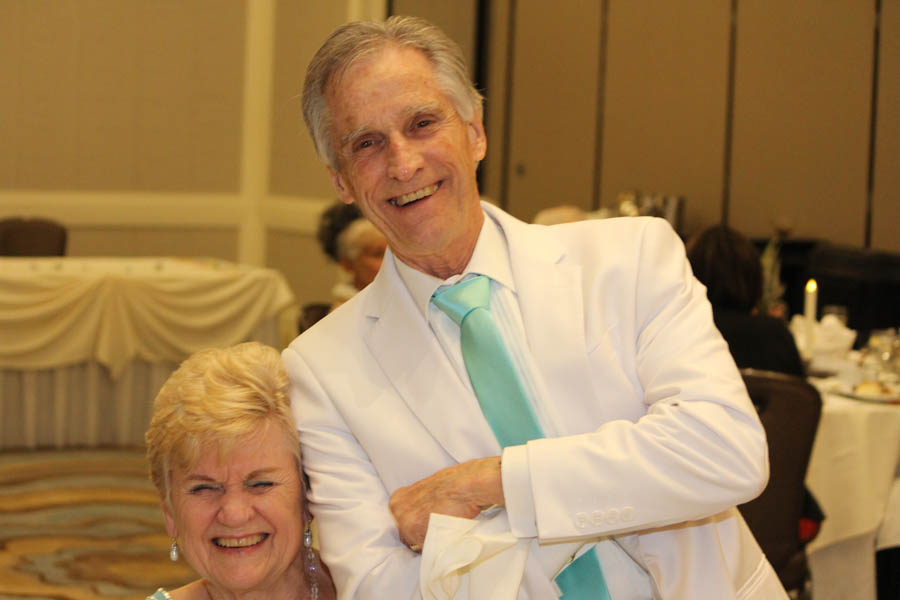
Lucky
wanted to be taller and "luckily" there was Carolyn's lap!

Yuriko and Hiroshi
Did You Know? - The famous Scottish writer Robert Louis Stevenson brought his family to live on Upolu in 1890 and built a large home in the foothills above Apia, where he spent the last five years of his life. He was affectionately known as 'Tusitala', the storyteller, and he is buried on the crest of Mt Vaea. His home and tomb within the Robert Louis Stevenson Memorial Reserve can still be seen today.
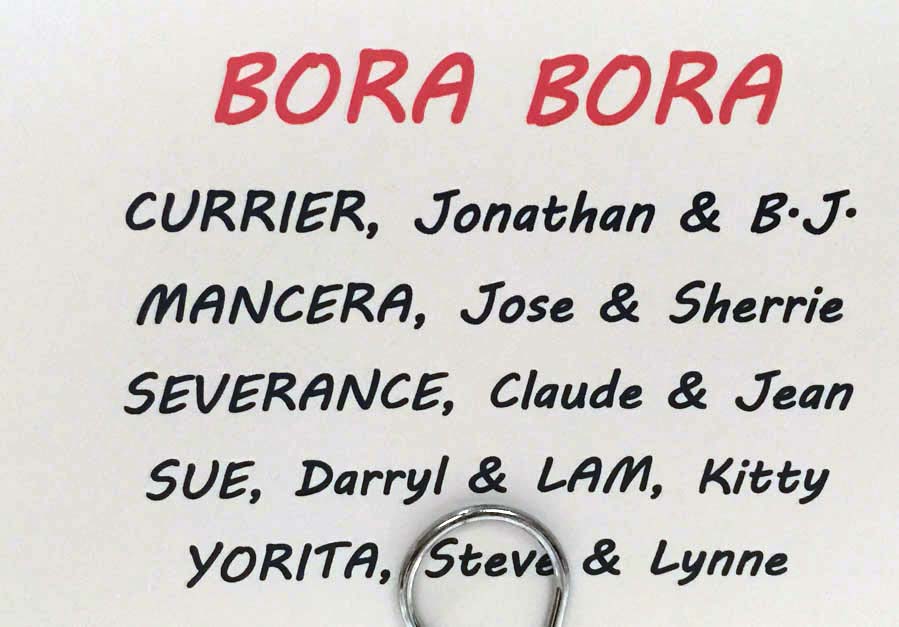
Did You Know? - Bora Bora is an island in the Leeward group of the Society Islands of French Polynesia, an overseas collectivity of France in the Pacific Ocean. The island, located about 230 kilometres (143 miles) northwest of Papeete, is surrounded by a lagoon and a barrier reef. In the centre of the island are the remnants of an extinct volcano rising to two peaks, Mount Pahia and Mount Otemanu, the highest point at 727 metres (2,385 feet).
Bora Bora is a major international tourist destination, famous for its aqua-centric luxury resorts. The major settlement, Vaitape, is on the western side of the main island, opposite the main channel into the lagoon. Produce of the island is mostly limited to what can be obtained from the sea and the plentiful coconut trees, which were historically of economic importance for copra. According to a 2008 census, Bora Bora has a permanent population of 8,880.

Jonathan and DJ

Sherrie and Jose
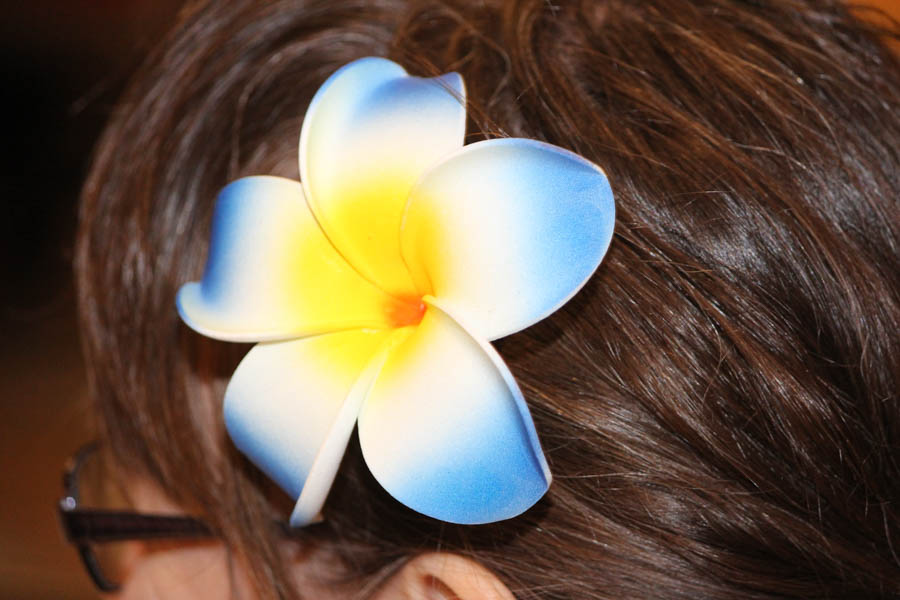
Sherrie has a flower

Jean and Claude

Kitty and Darryl

Lynne and Steve Yorita
Did You Know?
-
The Chinese population (about 10 percent) monopolizes the retail trade, so when Tahitians talk about going shopping, they say they are going to "la Chine" or to the Chinese.
- The letter "B" does not exist in the Tahitian language. Bora Bora is actually Pora Pora, meaning first born, but early visitors heard it as Bora Bora.
- The Pearl Museum on Tahiti is the only museum in the world devoted entirely to pearls. The unique presentations about Tahitian Cultured Pearls describe and demonstrate the history and practice of cultivating pearls as well as their place in art, history, mythology, and religion.
- The traditional method of "stone fishing" is still performed for special festivals. Dozens of outrigger canoes form a semicircle, and men in the canoes beat the water with stones tied to ropes. The frightened fish are then driven towards the beach and the men jump from the canoes yelling and beating the water with their hands to drive the fish ashore.
- The translation of Papeete (Tahiti's capital) is "water basket"
- The ultimate private island escape, Motu Tapu is the most photographed isle in the South Pacific. This tiny motu, just a few hundred yards from the main island of Bora Bora, is best described as the world's most perfect to relax.
- The word tattoo originated in Tahiti. The legend of Tohu, the god of tattoo, describes painting all the oceans' fish in beautiful colors and patterns. In Polynesian culture, tattoos have long been considered signs of beauty, and in earlier times were ceremoniously applied when reaching adolescence.
-
There are more hotel rooms in a typical Las Vegas hotel than on all 118 islands of French Polynesia.
Hawaii gets more visitors in 10 days than Tahiti does in an entire year. - There are no poisonous snakes or insects in French Polynesia.
- Those things that look like mail boxes outside the homes of Tahitian residents are not for mail, but for French bread delivery. Residents get a fresh loaf drop

4,117 Miles From Our Dance
Did You Know? - Tahiti is the largest island in the Windward group of French Polynesia; an overseas collectivity of the French Republic, sometimes referred to as an overseas country.
The island is located in the archipelago of the Society Islands in the central Southern Pacific Ocean, and is divided into two parts: The bigger, northwestern part Tahiti Nui and the smaller, southeastern part Tahiti Iti.
The island was formed from volcanic activity and is high and mountainous with surrounding coral reefs. The population is 183,645 inhabitants (2012 census), making it the most populous island of French Polynesia and accounting for 68.5% of its total population. Tahiti was formerly known as Otaheite
Tahiti is the economic, cultural and political centre of French Polynesia. The capital of the collectivity, Pape'ete, is located on the northwest coast with the only international airport in the region, Fa'a'ā International Airport, situated 5 km (3.1 mi) from the town centre.
Tahiti was originally settled by Polynesians between 300 and 800 CE[citation needed]. They represent about 70% of the island's population with the rest made up of Europeans, Chinese and those of mixed heritage. The island was proclaimed a colony of France in 1880 although it was not until 1946 that the indigenous Tahitians were legally authorised to be French citizens. French is the only official language although the Tahitian language (Reo Maohi) is widely spoken.
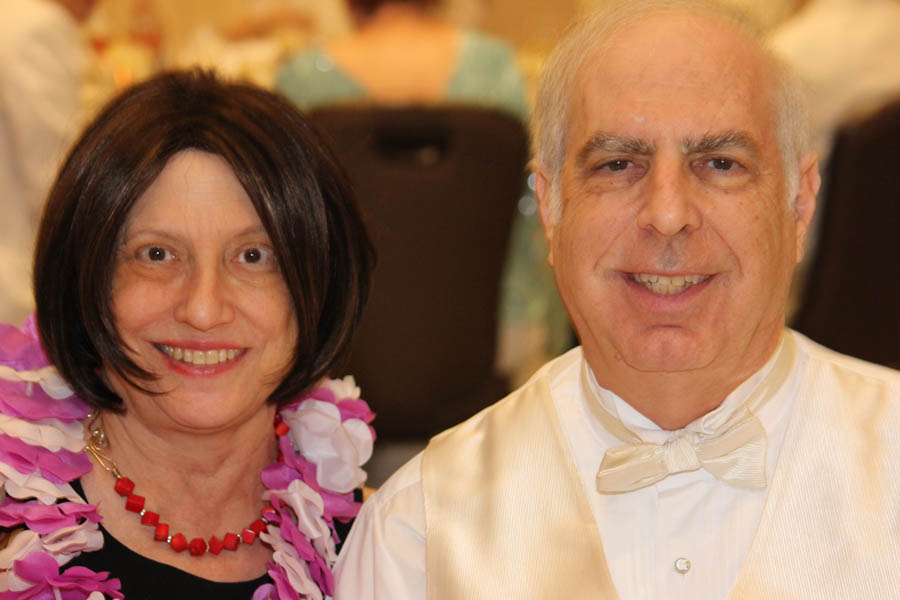
Roberta and Les
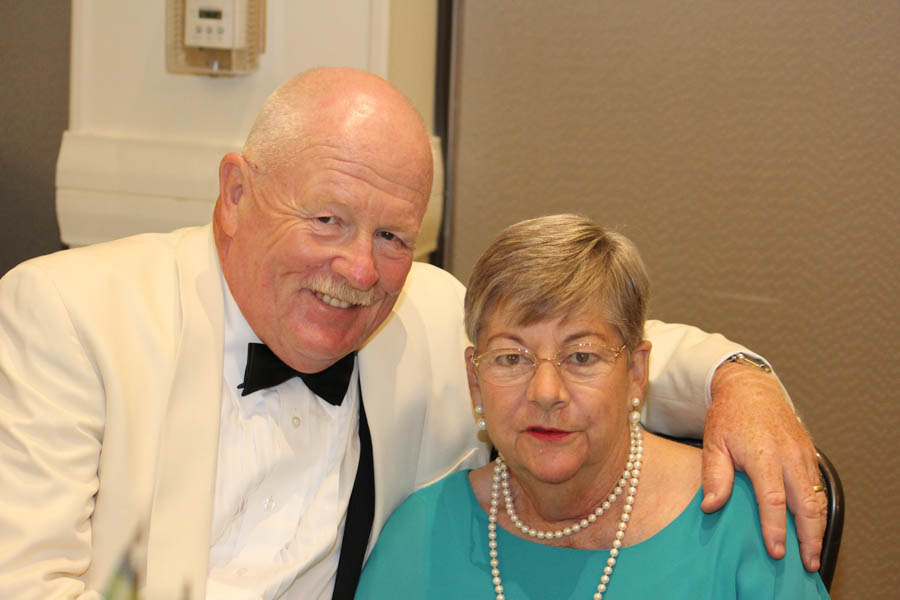
Paul and Sue
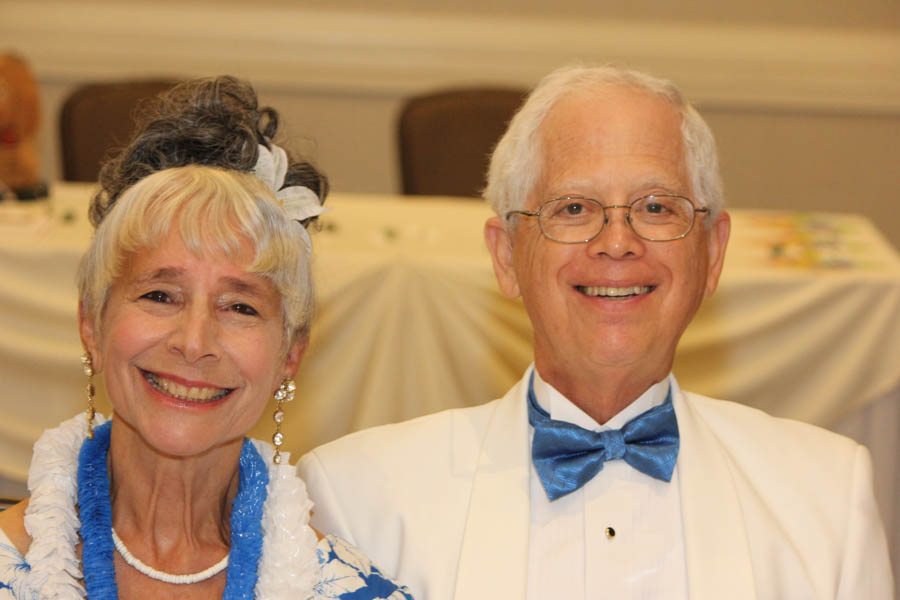
Marion and Ken

Richard and Frea
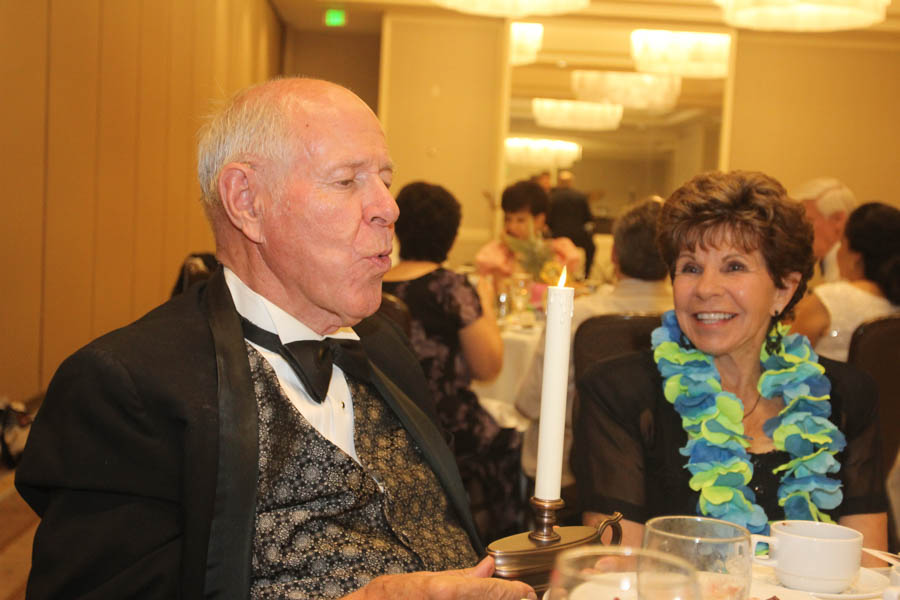
Playing with fire?
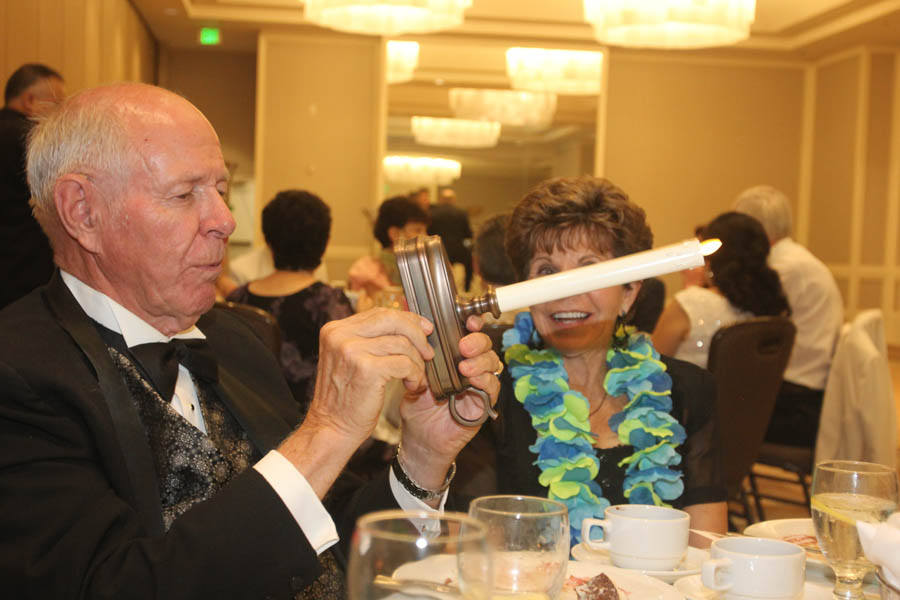
"Where is the switch?"
Sound: Hawaiian Wedding Song
